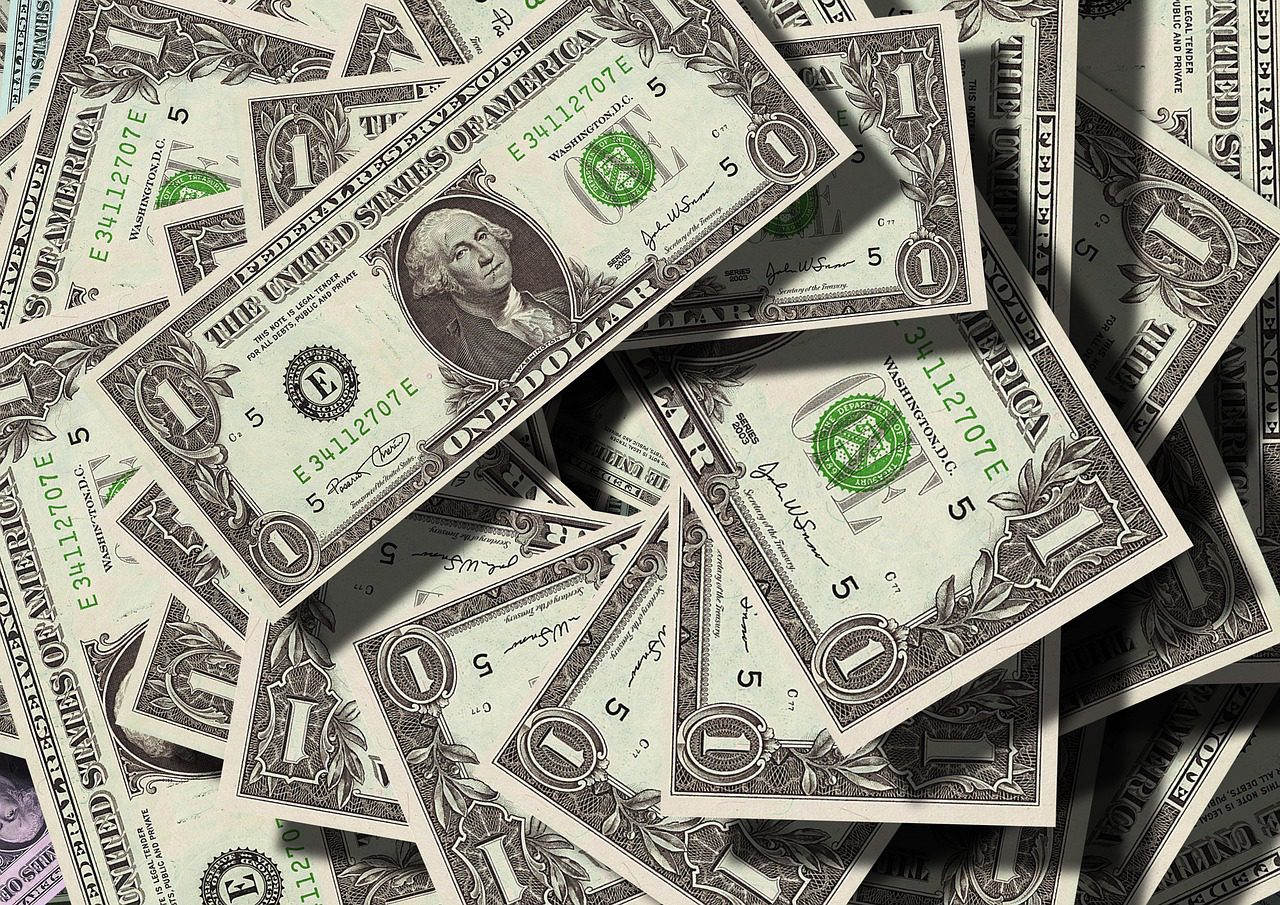Bangladesh’s official foreign exchange reserves have surged to $25.51 billion following the disbursement of $1.34 billion from the International Monetary Fund, under the country’s ongoing $4.7 billion loan programme.
The two instalments, cleared last week, were deposited in the central bank’s account on June 26. With this inflow, the gross reserve reached $30.51 billion by Thursday, though the IMF’s BPM6 accounting standard places the usable official reserve at $25.51 billion.
The jump comes amid rising remittance inflows, a pause in central bank dollar sales for nearly a year, and the arrival of large external loans tied to reforms and budget support.
Bangladesh Bank said usable reserves, which exclude encumbered and illiquid assets, now stand at $19.80 billion.
The reserve cushion was further strengthened on Friday by a $420 million loan from Japan, already added to the account. Another $900 million from the IMF is expected soon, along with a combined $1 billion from the World Bank, AIIB, Japan, and the OPEC Fund.
Officials expect total reserves to rise to $32 billion by the end of June if all disbursements arrive as scheduled.
The increase in reserves comes as formal remittance inflows grew sharply under the interim administration. In FY24, total remittances stood at $23.91 billion.
So far in FY25, they have reached $29.46 billion – an increase of nearly $6 billion year-on-year.
Export earnings have also increased by 9%, while imports have risen by about 5%.
On July 31, 2024, at the end of the previous government’s term, gross reserves were recorded at $25.92 billion, with BPM6 reserves at $20.48 billion.
Officials say sustained reforms, improved inflows, and fiscal discipline are helping rebuild external buffers after months of pressure on the balance of payments.


